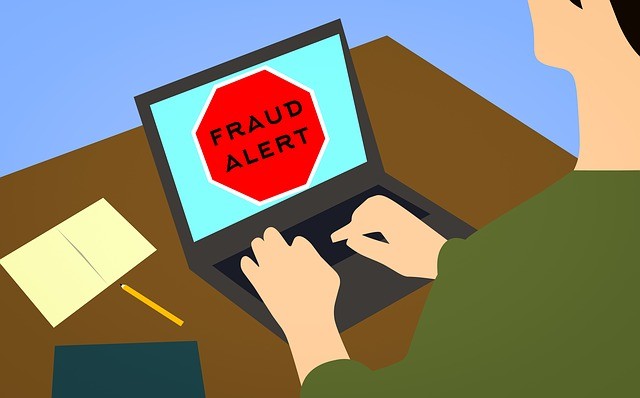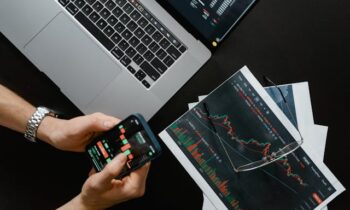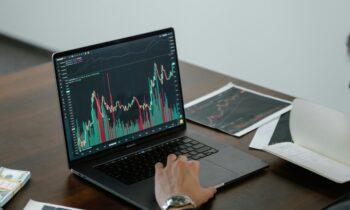
The recent revelations of yet another forex fraud, this time a $1.1 million Ponzi scheme forex fraud, come as no shock. It seems as wherever there is money involved, so also is greed.
Despite the almost complete closing of Binary Options and the many fraud and scam problems that came with it, fraud in forex and crypto is still a major issue. Between 2001 and 2006 the U.S. Commodity Futures Trading Commission prosecuted over 80 cases involving the defrauding of more than 23,000 customers of $350 million. In 2018, the UK Financial Conduct Authority (FCA) reported 5,884 investment scams involving share, bond forex and cryptocurrencies scams. Meanwhile, in the US, The Fraud Research Center estimated that in 2018 Americans lost between $40-$50 Billion dollars to fraud, with up to 17% of the adult population falling victim to some kind of financial fraud.
The advancement of the internet and improved technology made forex trading accessible to anyone with a mobile phone and access to funds. Unfortunately, it made access to peoples funds easily accessible to scammers too. Whilst there is an abundance of established and highly reputable forex brokers available in many countries, there is also an abundance of forex brokers with less than ethical practices.
As we saw in the Thomas Lanzana case, some people and organisations will go to extraordinary lengths to hide their fraudulent activities. Falsifying documents, running Ponzi schemes and such make spotting and avoiding Forex fraud a difficult task. However, there are steps anyone can and should take to avoid Forex fraud.
Step 1 – Only Choose a Regulated Broker
This may sound glaringly obvious, but regulation normally means protection. Different countries have different regulations, each with varying levels of customer protection. There is no reason NOT to go with a regulated forex broker and a simple check on both the forex broker’s website AND the governing bodies website will confirm a brokers regulatory status. Do not just take a badge on a website as verified proof of regulation.
Step 2 – Do Your Homework
Anyone looking to invest their hard-earned money should know exactly where they are investing in. Be careful of review sites as these can often be affiliate sites which are financially compensated for sending customers to forex brokers. These sites have a vested interest in providing a positive review, so should be treated with caution. Check out forums, social media and speak to people to get a broader view of a forex broker. Another good source of research is cross-referencing people on LinkedIn. If the people behind a platform don’t have a LinkedIn profile, alarm bells should ring.
Step 3 – Try a Trading Demo Account
Most forex brokerages will offer some trading demo account. Some may offer free unlimited demo accounts, whilst others can be time-restricted accounts. Either way, a trading demo account is a great way to try out strategies without any financial risk. They also help to get a feel of the platform, and of the company behind the platform too. A trading demo account will give you the excuse and the opportunity to thoroughly test out the customer support.
Step 4 – Trust Your Gut Feeling on Forex Fraud
Generally speaking, if something looks too good to be true, it normally is. If you found the customer support staff too pushy in sales or if something just does not feel right, trust your instincts. Sadly, there is so much fraud in the forex industry, that you should have your guard up at all times.
There is a lot of reputable forex brokerage with varying degrees of protection. However, there are also less-than-reputable firms out there that prey on unknowledgeable individuals. Prior to making any investment, always do your research!



